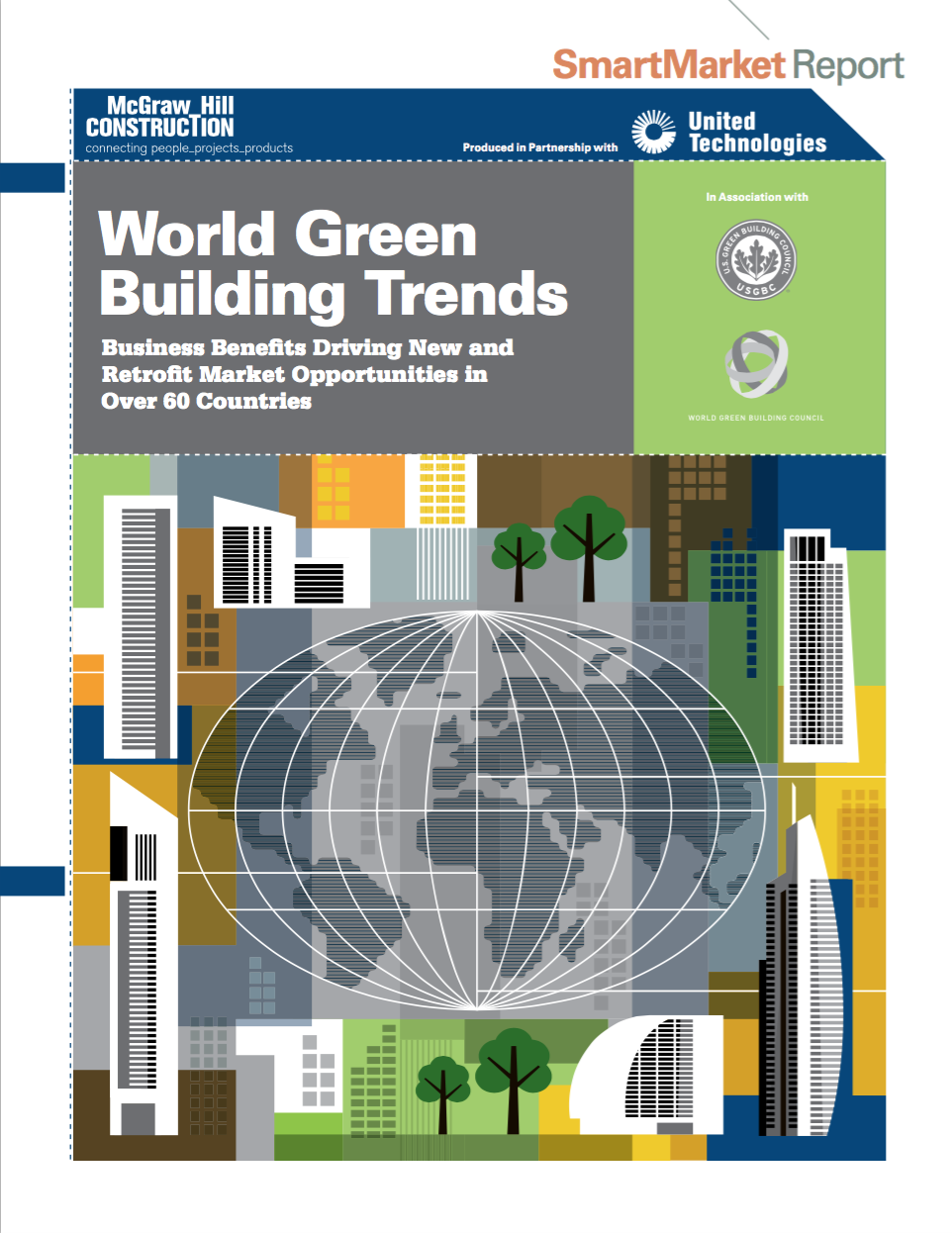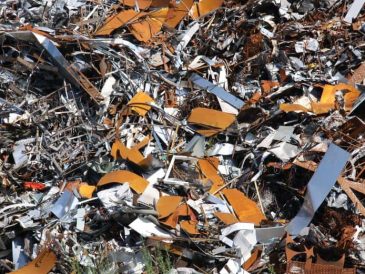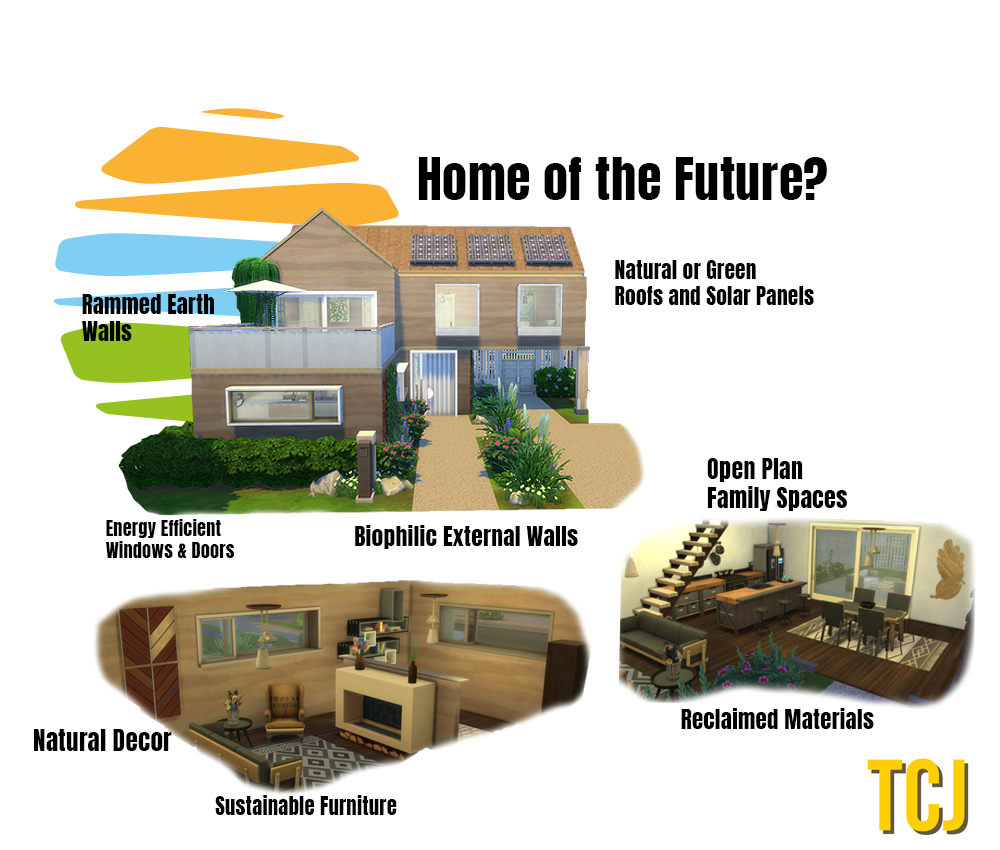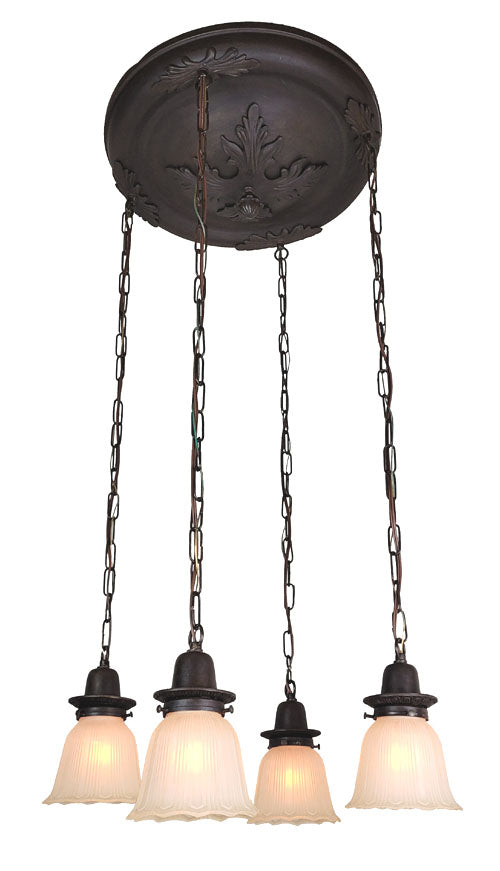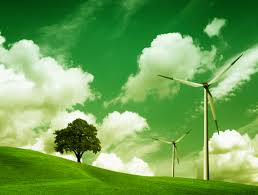There are some trends emerging in the construction business that focus on conservation and stewardship. Builders are reducing their impact on natural resources by re-purposing existing materials to create more eco-friendly structures, businesses, and homes. There are many ways that contractors, as well as homeowners considering renovations or upgrades, are making more environmentally-friendly structures which also have great potential for energy-efficiency.
Recycled Materials
It is easier than ever before to find high-end construction projects using recycled materials. This is a great way to contribute to the environment and give your project a special flair. From pulverized glass used to make beautiful ceramic tiles to salvaged metal used for commercial roofing or wall fabrication, there are some inventive options available to buyers at a wide range of price points.
The options for materials may even involve using scrap found in your current home or office, and this could reduce costs of green construction significantly. This may include re-purposing wood, tile, stone, brick, or even some kinds of plastics to lower the costs of materials needed to complete your task.
Green Roofing
Another component of stewardship is the cohesion of dwellings and structures with the natural environment. One way to achieve this is through green roofing systems. The United States Environmental Protection Agency (EPA) endorses the benefits of living roofs, and the impact that these can have on energy consumption over time.
A living roof is a roof, often flat or with a low pitch, that is packed with sod and earth and planted with grass, plants, and vegetation. The result is a well-insulated, oxygen-producing element that will make the dwelling warmer in winter and cooler in summer. Other benefits of a living roof include the seamless cohesion that these provide with the surroundings. The visual beauty of a lush, living roof can provide a spectacular aesthetic quality, though they do require adequate support to maintain the weight of these roofs. Some homeowners may use their new green-space to plant or cultivate plants, herbs, and edibles for their family’s consumption, which further reinforces the stewardship of these features.
Inventive Interiors
If you have an environmentally-friendly home, you likely want this to carry through to the interiors of that home as well. According to Home Exterior Systems, a top window company in Houston, many retailers offer lines of home furnishings, from sofas to light fixtures, that reinforce the environmental vibe of the home’s exterior. Some features, such as window treatments or energy-efficient appliances, will reduce usage of monthly utilities, which means reduced costs for those living in the home. These new features can also create a comfortable, functional space for businesses, residents, and families.
Self-Reliance
When looking to enhance the eco-friendly features of a home or building, contractors may address the issue from the inside-out with innovative energy systems. This includes wise heating and cooling, ample insulation, and the ability for self-power, which reduces reliance on external providers. These construction trends tend to focus on self-reliance, and being able to provide for the needs of residents while reducing costs for heating, cooling, water, or power. Generators, solar power, wind energy, efficient plumbing systems, and other features are making new construction more and more autonomous and independent–which could mean lower expenses over time.
The many clever and innovative ways to make homes that are more sustainable, energy-efficient, and models of stewardship can serve as an inspiration to any homeowner contemplating refurbishments or repairs. While new construction can take a holistic, environmentally-friendly approach, it is never too late for existing buildings to become a bit greener.

